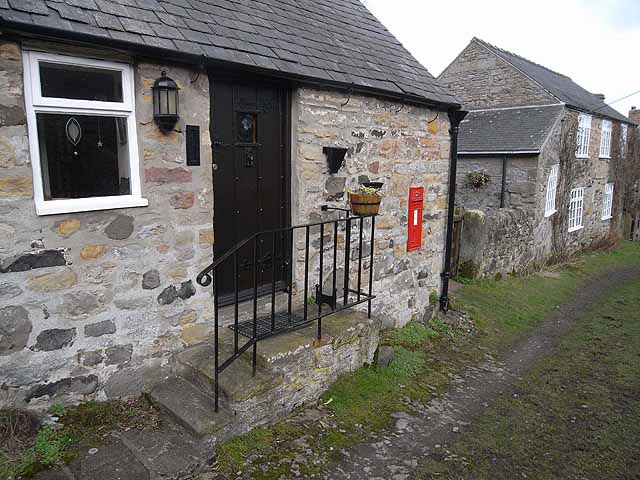Topics > Northumberland > Great Bavington > Great Bavington, 1848
Great Bavington, 1848
Extract from: A Topographical Dictionary of England comprising the several counties, cities, boroughs, corporate and market towns, parishes, and townships..... 7th Edition, by Samuel Lewis, London, 1848.
BAVINGTON, GREAT, a township, in the parish of Kirk-Whelpington, union of Bellingham, N E. division of Tindale ward, S. division of Northumberland, 14 miles (N.N.E.) from Hexham; containing 69 inhabitants. This place has been possessed by various families, including the Umfravilles, Strothers, Swinburnes, Shaftos, Ogles, and Harles; and is now the property of several persons. The lofty hills of basalt which form a marked and peculiar feature of this township, are part of a vast bed which may be traced from Cumberland, by Glenwhelt and the Roman wall, to Little Swinburn, where it divides into two branches. The western sides of the hills are very precipitous; and the soil, except of that portion called the Plashetts, is for the principal part dry, rich, and mostly in grass; on the whinstone hills it is thin, and apt to burn in droughty summers. A lead-mine was opened here some years since, but the speculation failed. The impropriate tithes have been commuted for £25.19.7., and the vicarial for £35.10.7. There is a place of worship for Scottish Presbyterians.

from https://openlibrary.org/books…
A topographical dictionary of England, Samuel Lewis, 7th Ed., 1848
- A topographical dictionary of England
comprising the several counties, cities, boroughs, corporate and market towns, parishes, and townships, and the islands of Guernsey, Jersey, and Man, with historical and statistical …
Added by
Simon Cotterill


from https://openlibrary.org/books…
A topographical dictionary of England, Samuel Lewis, 7th Ed., 1848
- A topographical dictionary of England
comprising the several counties, cities, boroughs, corporate and market towns, parishes, and townships, and the islands of Guernsey, Jersey, and Man, with historical and statistical …
Added by
Simon Cotterill







